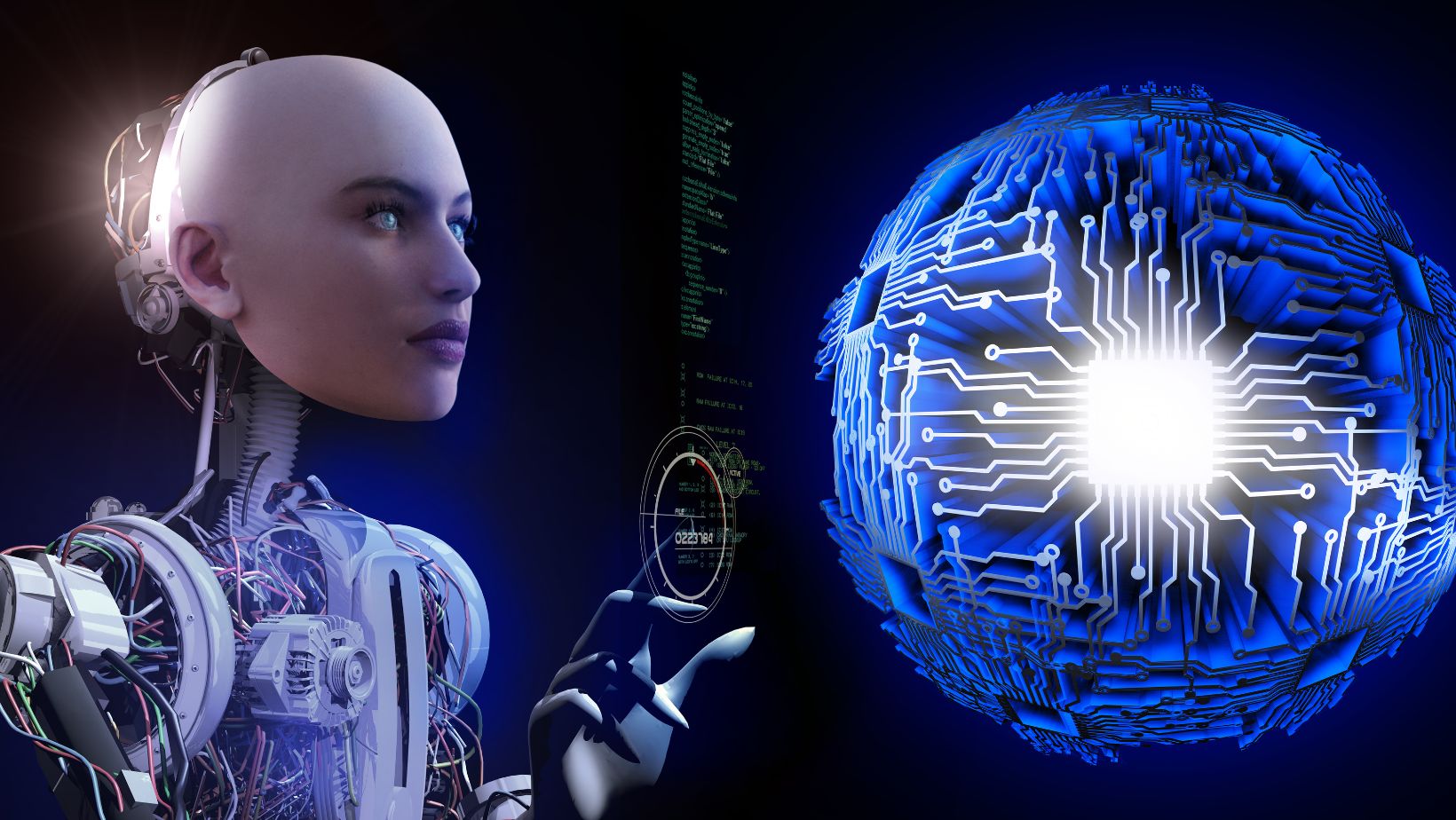The intersection of artificial intelligence (AI) and education is giving rise to innovative solutions for personalized teaching, offering unprecedented opportunities to cater to the unique needs of students with different learning abilities. As AI technology advances and becomes more integrated into educational settings, it is essential to examine the ethical implications of these changes critically.
Understanding AI and Its Educational Potential
Artificial intelligence encompasses computer systems designed to perform tasks that typically require human intelligence. This includes skills such as learning, problem-solving, and adapting to new information. In the educational sphere, AI can create personalized learning environments, automate administrative tasks, and provide insights into student performance.
Leveraging AI for Tailored Educational Experiences
In the realm of education, each student is a unique tapestry of abilities, challenges, and learning predilections. Enter Perplexity ai, poised to redefine the notion of tailored educational experiences, thereby harnessing the full spectrum of individual potential. By employing sophisticated AI algorithms that adeptly navigate the complexity of diverse educational needs, we can cultivate a learning landscape that not only accommodates but celebrates the multiplicity of student profiles. Perplexity AI alludes to the notion – as championed by educational experts like Johannes Helmold of Academichelp.net – that a learning environment should dynamically adapt to the peculiarities of each learner. This AI-driven, personalized approach promises a transformative leap forward in nurturing an inclusive, supportive, and adaptable educational ecosystem.
The Purpose of This Discussion
This article endeavors to explore the ethical dilemmas associated with employing AI in personalizing education for learners of varying abilities. It will identify potential challenges and suggest ways to navigate these complexities to ensure ethical AI implementation in educational settings.
Equal Access to AI Resources Across Learning Abilities
One of the pillars of ethical AI use in education is ensuring students have equal opportunities to benefit from technology, regardless of their learning abilities. It is paramount to provide AI tools that are accessible and do not widen the educational disparities among students.
Addressing the Digital Divide
The digital divide—the gulf between those who have ready access to computers and the internet and those who do not—is a significant concern. Bridging this gap is crucial for equitable use of AI in education to prevent exacerbating existing inequalities.
Protecting Student Data
With AI systems collecting vast amounts of student data, protecting students’ privacy becomes an ethical imperative. It is necessary to have clear policies around how this data is collected, used, and stored. Students and their guardians should have a clear understanding of these practices and provide informed consent regarding their data.

Ensuring Consent and Data Ownership
The ownership of educational data poses complex questions related to student consent. Students and parents should have agency over their information, including the right to know how it is used and the ability to opt out of data collection if they choose.
Mitigating Risks of Bias
There is an inherent risk that AI algorithms may perpetuate biases present in their training data. For instance, if an AI system is trained predominantly on data from a specific demographic group, it might not perform as well for those outside that group. It is critical to design AI with inclusivity in mind to serve all students fairly.
Diversity and Inclusivity in Data Sets
To reduce the risk of biased AI, data sets used to train AI systems must be diverse and representative of the student population. Developers must include various learning abilities and backgrounds to ensure that AI systems do not discriminate against any group of students.
Understanding Specific Learning Needs
AI can be revolutionary for students with learning differences such as dyslexia and Attention Deficit Hyperactivity Disorder (ADHD) by offering specialized resources and experiences. However, to do so effectively, there must be a deep understanding of these conditions and how they impact learning.
Using AI to Create Individualized Lessons
AI can analyze a student’s performance and learning style to create bespoke lesson plans that adapt in real time. This dynamic approach to teaching can offer a more effective educational experience for students with different learning abilities.

The Effectiveness of Adaptive Learning Technologies
Adaptive learning technologies have shown promise in catering to individual learning needs. The use of AI to adjust the difficulty level, content, and pace of learning has the potential to keep students engaged and improve educational outcomes.
Monitoring Student Progress in Real-Time
AI offers the possibility to continually assess and monitor student progress. This enables timely interventions and support where needed, ensuring that no student falls behind because of their learning abilities.











